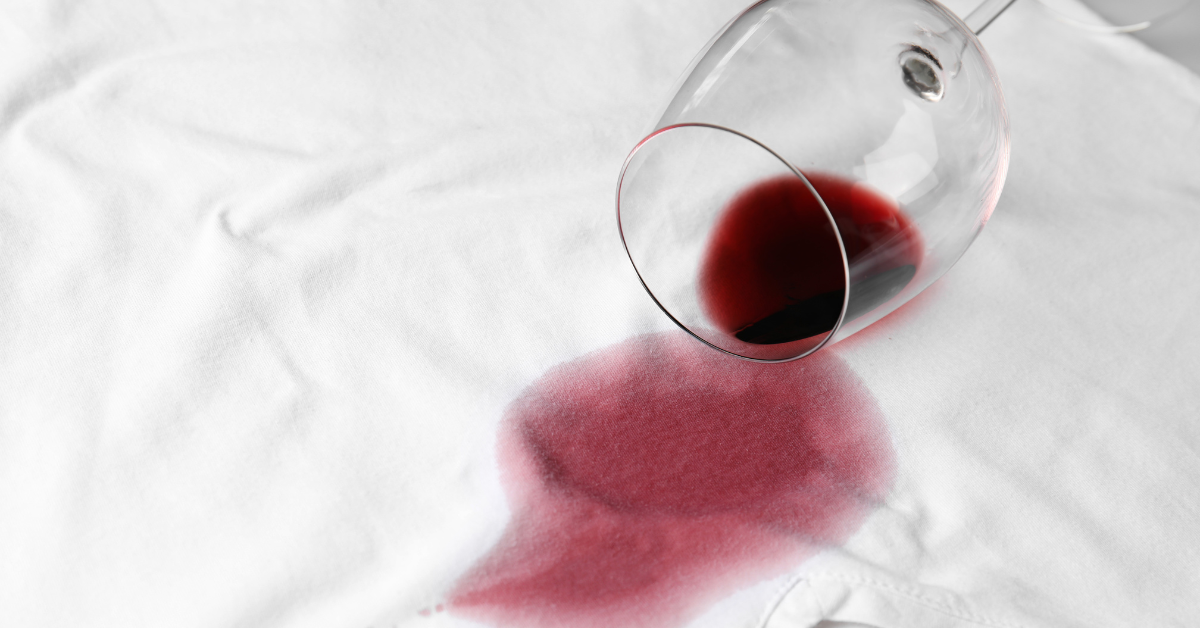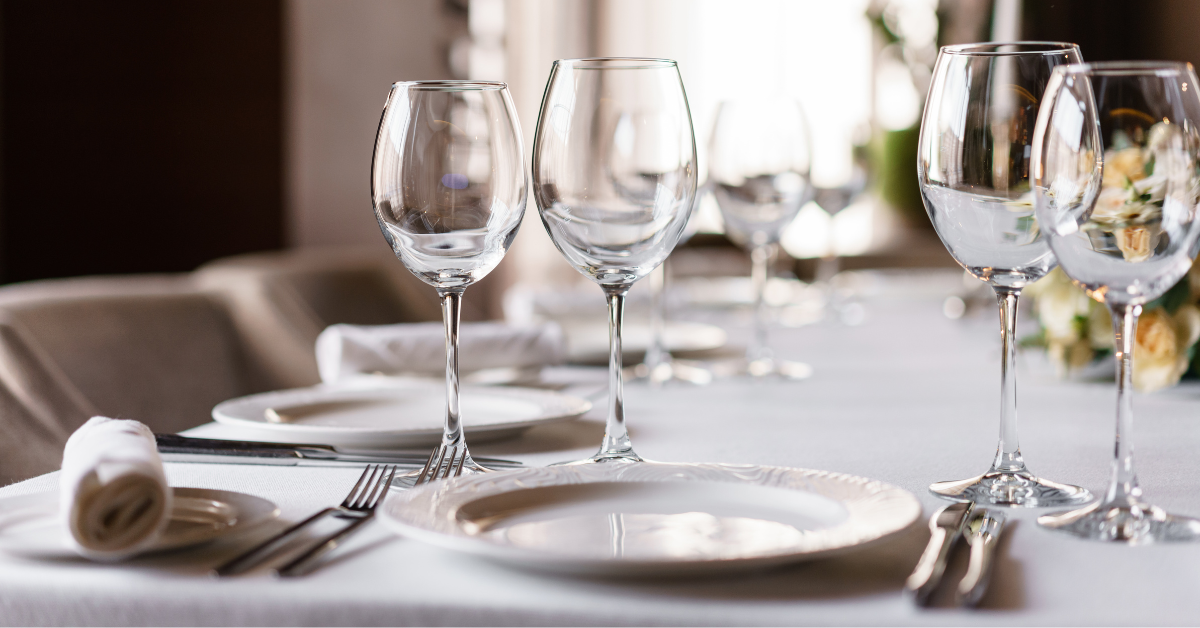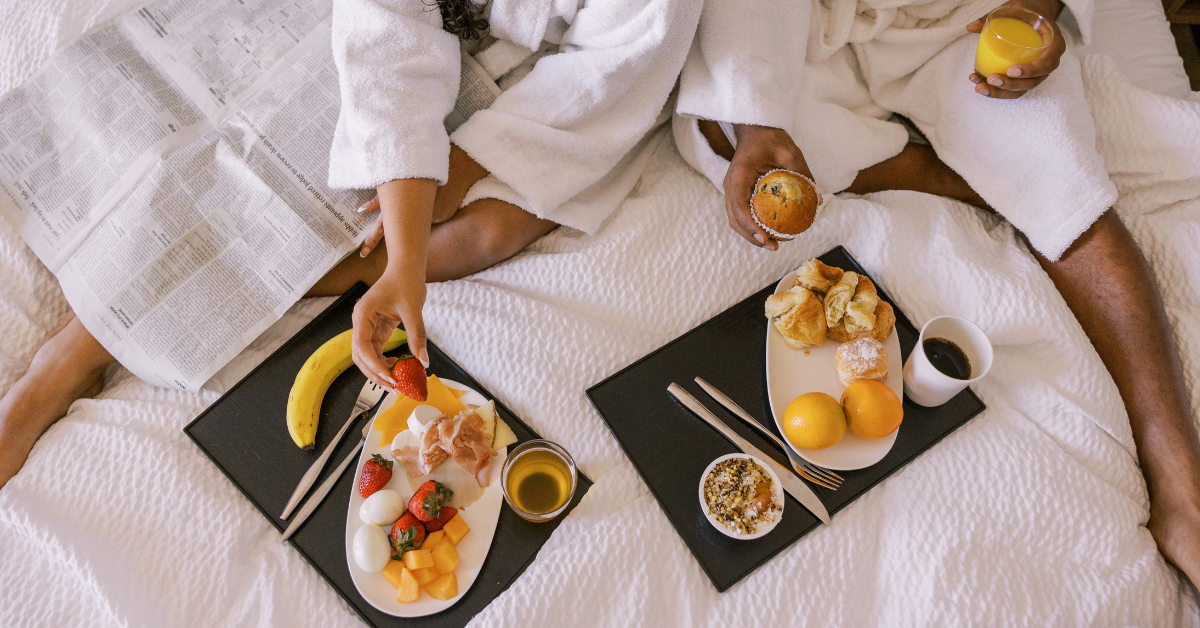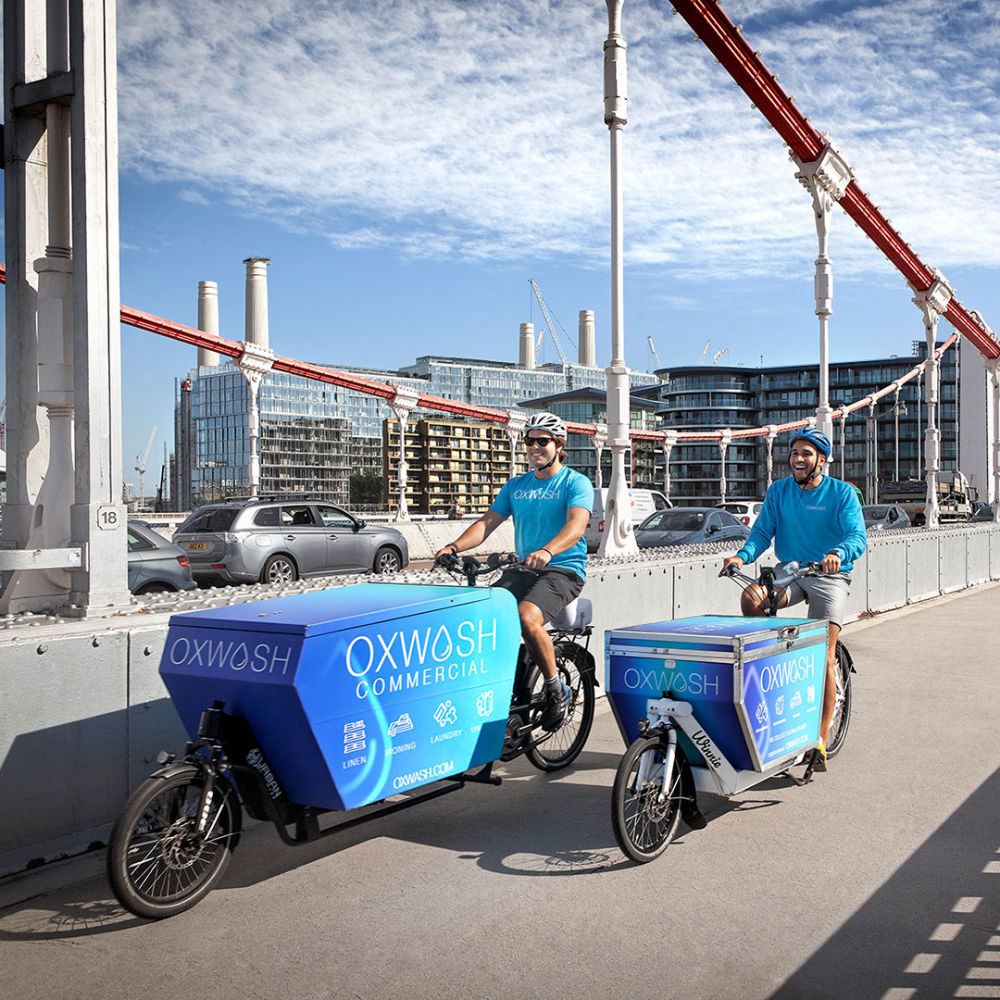Our sustainability report is now live and free to download!
Common Linen Stains in Hotels and Restaurants: The Top Culprits and How to Address Them
Common Linen Stains in Hotels and Restaurants: The Top Culprits and How to Address Them


Business & Insights
Sustainability
Hotels
Food and drink, and cosmetic stains in hotels and restaurants risk damaging a business’s reputation. But by following simple stain prevention tips and taking immediate action when a spill occurs, businesses can quickly and easily eliminate stains, preventing linens from being needlessly disposed of.
What is the impact of stains on reputation?
The presence of stains puts customer satisfaction at risk, as customers may believe they indicate the business’s wider disregard for hygiene. Cleanliness is a priority for many customers, and this apparent negligence might prompt them to leave negative reviews, dissuading potential guests from booking and leading to revenue loss. Effectively removing stains in hotels and restaurants is therefore a key element of a business’s reputation management.


What are common stains found in restaurants?
Restaurant stain challenges are straightforward to resolve with the correct method. For instance, while even a drop of red wine can leave an obvious mark, the stain can be lifted by dabbing the spill with a clean cloth - not rubbing, as this can damage the material and spread the stain. Next, use a stain remover that’s designed for red wine stains, and it should disappear.
Oil and grease marks are also prevalent in hospitality settings. To tackle these stubborn stains, sprinkle the area with cornstarch or baking soda to absorb the grease, then vacuum the remains of the powder away. Finally, apply a degreaser to the fabric. Dish soap is also a powerful solution for removing oil and grease stains.
Coffee and tea stains are also prevalent in the hospitality industry and can be tough to remove from tableware and surfaces. To eliminate these stains, mix a solution of one part vinegar and two parts water, as well as a small amount of dish soap. Blot the stain until it disappears, then launder the cloth as normal.
What are common stains found in hotel guest rooms?
Hotel room cleanliness is top of mind for guests. Common stains include makeup and cosmetics, with fake tan alone costing the hotel industry $1.8m in laundry bills every year. To restore bed linens to a pristine condition, blot the affected area with cotton wool and a small amount of rubbing alcohol.
Food and drink spillages can also occur in hotel rooms. To mitigate the stains, housekeeping teams should use a clean cloth to remove as much of the mess as possible, then apply a stain remover - the specific type to use will depend on what was spilt.
Pen ink can also create stubborn stains on hotel carpets, sheets, and furniture. Removing these marks will require either rubbing alcohol or a stain remover that’s specifically designed for ink.


How to prevent stains on linens?
The longer a stain is left to set, the harder it will be to get rid of. Businesses should therefore implement a regular routine for catching stains in hotels and restaurants as soon as possible.
Other stain prevention tips include ensuring staff are fully trained on pre-spotting stains. Another tactic, though controversial, is to charge guests for staining linens, incentivising them to take greater care. Businesses can also partner with a sustainable laundry provider, who will remove marks in a responsible way.
While stain-resistant materials may seem like a tempting solution, they aren’t recommended due to being coated in PFAS, toxic chemicals that degrade the environment.
Conclusion
Being proactive about stain prevention and equipping staff with knowledge of how to effectively tackle stains in hotels and restaurants can help these industries maintain a high level of cleanliness, enhancing customer satisfaction. As well as the benefits to businesses’ reputation, following this guidance will extend their linens’ lifespan, boosting their environmental credentials.
Want to improve your stain management?


Related Articles


B Corp™ certified.


Surpassing NHS-grade disinfection.








